Themed collection Global Energy Challenges: Fossil Fuels

Molecular understandings on the activation of light hydrocarbons over heterogeneous catalysts
This review describes recent progress on mechanistic understanding of heterogeneous catalytic dehydrogenation reactions of light alkanes.
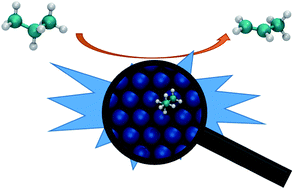
Chem. Sci., 2015,6, 4403-4425
https://doi.org/10.1039/C5SC01227A
Alkene hydrogenation activity of enoate reductases for an environmentally benign biosynthesis of adipic acid
We demonstrate the first enzymatic hydrogenation of 2-hexenedioic acid and muconic acid to adipic acid using enoate reductases (ERs).
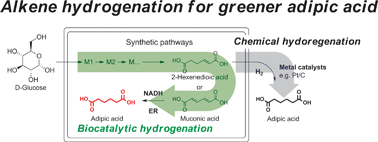
Chem. Sci., 2017,8, 1406-1413
https://doi.org/10.1039/C6SC02842J
Porous dendritic copper: an electrocatalyst for highly selective CO2 reduction to formate in water/ionic liquid electrolyte
An ionic liquid/water electrolyte promotes excellent selectivity for CO2 electroreduction to formic acid at a porous dendritic copper electrode material.
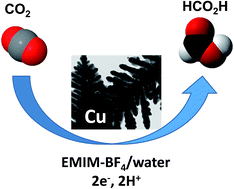
Chem. Sci., 2017,8, 742-747
https://doi.org/10.1039/C6SC03194C
On the molecular mechanisms for the H2/CO2 separation performance of zeolite imidazolate framework two-layered membranes
A zeolitic imidazolate framework two-layered membrane approach is simulated and experimentally validated to improve the pre-combustion gas separation.
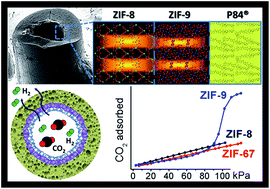
Chem. Sci., 2017,8, 325-333
https://doi.org/10.1039/C6SC02411D
Putting an ultrahigh concentration of amine groups into a metal–organic framework for CO2 capture at low pressures
Hydrazine can be grafted in CPO-27-Mg/MOF-74-Mg to provide an ultrahigh concentration of amine groups on the pore surface, giving an exceptionally high CO2 capture performance, especially at extremely low pressures.

Chem. Sci., 2016,7, 6528-6533
https://doi.org/10.1039/C6SC00836D
Coupling fullerene into porous aromatic frameworks for gas selective sorption
Fullerene molecules were connected to form fullerene-based PAFs. The porous structure could adsorb H2 and exhibit some selectivity of CO2.
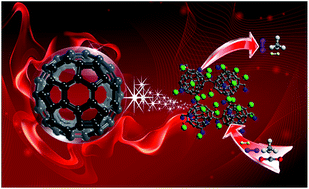
Chem. Sci., 2016,7, 3751-3756
https://doi.org/10.1039/C6SC00134C
Polymer coordination promotes selective CO2 reduction by cobalt phthalocyanine
We present a study of the mechanistic factors that transform cobalt phthalocyanine from a catalyst that shows modest performance for the electrocatalytic reduction of CO2 to CO production into one of the most active and selective molecular catalyst reported in aqueous media when immobilized in a poly-4-vinylpyridine membrane
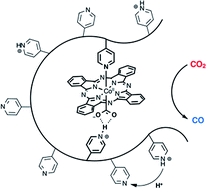
Chem. Sci., 2016,7, 2506-2515
https://doi.org/10.1039/C5SC04015A
A highly active nickel electrocatalyst shows excellent selectivity for CO2 reduction in acidic media
The development of selective electrocatalysts for CO2 reduction in water offers a sustainable route to carbon based fuels and feedstocks.

Chem. Sci., 2016,7, 1521-1526
https://doi.org/10.1039/C5SC03225C
Hydrolysis of woody biomass by a biomass-derived reusable heterogeneous catalyst
A carbon catalyst prepared by air oxidation of woody biomass hydrolyses woody biomass, and the reaction residue is transformed back to the catalyst by the same air oxidation method.
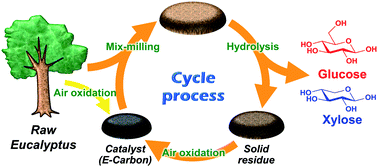
Chem. Sci., 2016,7, 692-696
https://doi.org/10.1039/C5SC03377B
Heterogeneous conversion of CO2 into cyclic carbonates at ambient pressure catalyzed by ionothermal-derived meso-macroporous hierarchical poly(ionic liquid)s
Meso-macroporous hierarchical poly(ionic liquid)s are ionothermally synthesized through self-polymerization of the new divinylimidazole IL, exhibiting enhanced CO2 capture and excellent activity in the cycloaddition of CO2 to epoxides.
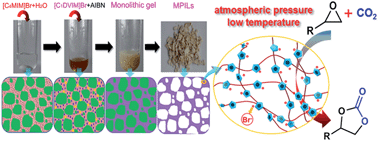
Chem. Sci., 2015,6, 6916-6924
https://doi.org/10.1039/C5SC02050F
Methanol-to-hydrocarbons conversion over MoO3/H-ZSM-5 catalysts prepared via lower temperature calcination: a route to tailor the distribution and evolution of promoter Mo species, and their corresponding catalytic properties
A series of MoO3/H-ZSM-5 catalysts were prepared via calcination at a lower-than-usual temperature and evaluated.
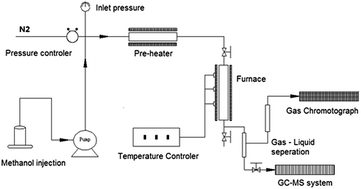
Chem. Sci., 2015,6, 5152-5163
https://doi.org/10.1039/C5SC01825K
Chemical looping of metal nitride catalysts: low-pressure ammonia synthesis for energy storage
Design principles for reducible metal nitride catalysts are developed and demonstrated for ambient-pressure solar-driven N2 reduction into NH3.
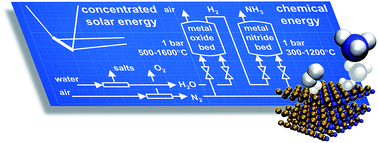
Chem. Sci., 2015,6, 3965-3974
https://doi.org/10.1039/C5SC00789E
Palladium-catalyzed reductive coupling of phenols with anilines and amines: efficient conversion of phenolic lignin model monomers and analogues to cyclohexylamines
A highly efficient Pd-catalyzed direct coupling of phenolic lignin model monomers and analogues with anilines to give cyclohexylamines using sodium formate as hydrogen donor is described.

Chem. Sci., 2015,6, 4174-4178
https://doi.org/10.1039/C5SC00941C
Exceptional CO2 working capacity in a heterodiamine-grafted metal–organic framework
The amine functionalized material 1-dmen shows a record high working capacity for CO2 capture at low regeneration temperatures compared with other MOFs. Furthermore, this performance is maintained upon exposure to humidity.
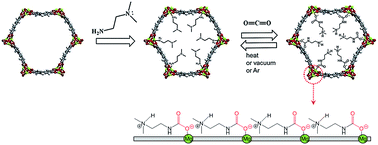
Chem. Sci., 2015,6, 3697-3705
https://doi.org/10.1039/C5SC01191D
Versatile rare earth hexanuclear clusters for the design and synthesis of highly-connected ftw-MOFs
A targeted rare earth ftw-MOF platform offers the potential to assess the effect of pore functionality and size on gas adsorption via ligand functionalization and/or expansion.
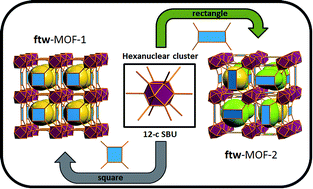
Chem. Sci., 2015,6, 4095-4102
https://doi.org/10.1039/C5SC00614G
Metal-free dehydrogenation of formic acid to H2 and CO2 using boron-based catalysts
The decomposition of formic acid to H2 and CO2 under metal-free conditions has been unveiled using dialkylborane derivatives as catalysts.
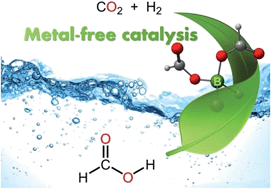
Chem. Sci., 2015,6, 2938-2942
https://doi.org/10.1039/C5SC00394F
γ-Al2O3 supported Pd@CeO2 core@shell nanospheres: salting-out assisted growth and self-assembly, and their catalytic performance in CO oxidation
Highly active Pd@CeO2 core@shell nanospheres with tunable Pd core sizes for catalytic CO oxidation.

Chem. Sci., 2015,6, 2877-2884
https://doi.org/10.1039/C4SC03854A
Turning it off! Disfavouring hydrogen evolution to enhance selectivity for CO production during homogeneous CO2 reduction by cobalt–terpyridine complexes
Understanding the activity and selectivity of molecular catalysts for CO2 reduction to fuels is an important scientific endeavour in addressing the growing global energy demand.
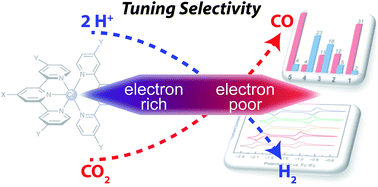
Chem. Sci., 2015,6, 2522-2531
https://doi.org/10.1039/C4SC03766A
About this collection
We are delighted to present an online collection showcasing recently published articles in the field of energy. To address major issues facing our planet, researchers all over the world have increasingly focused their efforts on finding solutions to these energy challenges. These articles highlight some of the excellent work that tackles important global challenges related to energy. We hope you enjoy reading this collection!